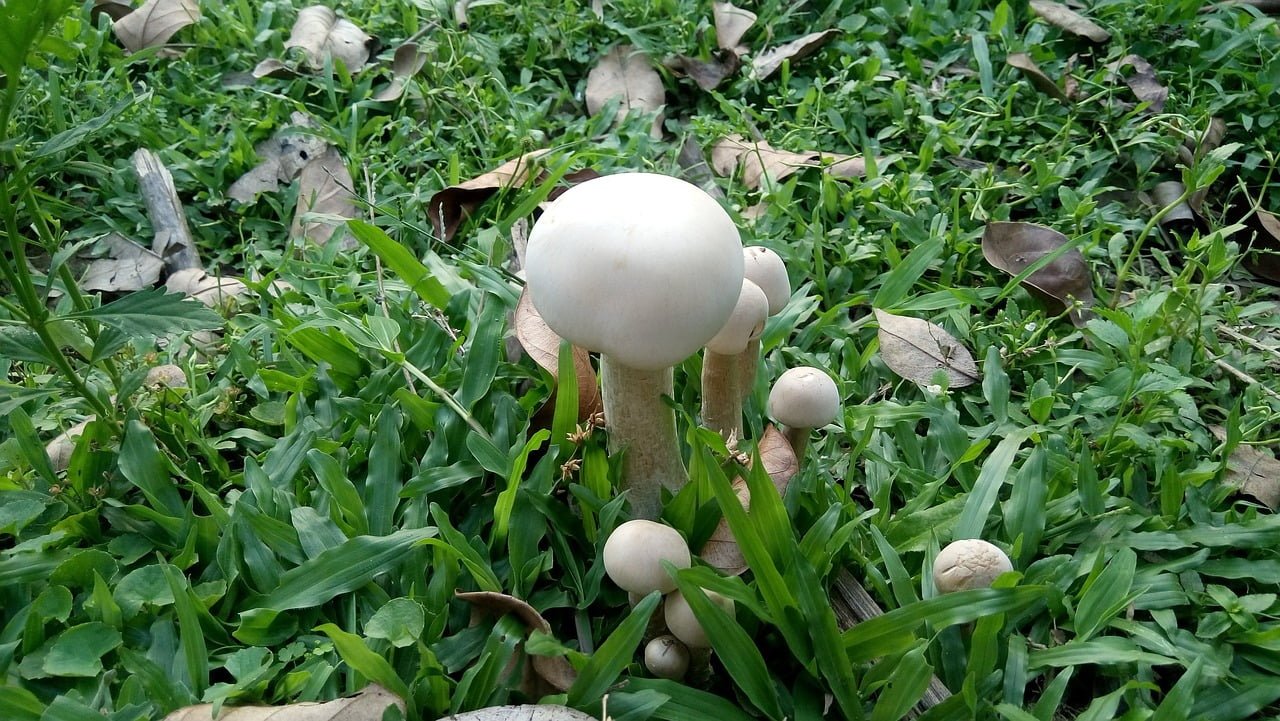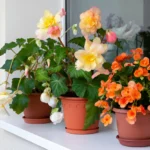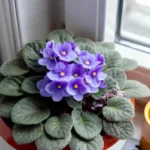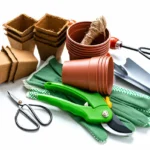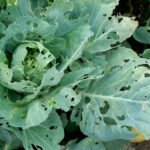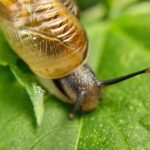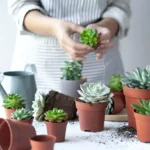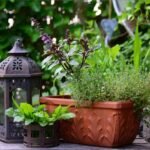Table of Contents
Mushroom in Soil ? How to Get Rid of Them
When you wake up and go to your garden, you suddenly notice something white, like an umbrella. When you look closer, you realize that this is your familiar bathroom. You may be concerned about the bugs and why they have appeared in your garden soil. Before you get busy with them, please read our article to learn how beneficial or harmful mushrooms are to plants.
What are Mushrooms?
Mushrooms are soft, fluffy, umbrella-like fungi. Although mostly white, they can appear in your garden or soil in various colours and shapes. They have mycelium instead of roots. When you hear the name mushroom, you may think of mushrooms bought from the grocery or super soap.
The two are different; some mushroom species are edible, but most can be poisonous.
![[Downloader.la]-6686dede1b30f (1) mushroom in the garden](https://zyntify.com/wp-content/uploads/elementor/thumbs/Downloader.la-6686dede1b30f-1-qr3neuyxmjh9kskokquiisfui8ddmsjqjfgyp7bpys.jpg)
Mushrooms in The Garden
Their presence is noticeable anywhere in your garden or backyard. They can appear alone or in groups. One morning, you woke up and went to the garden, where you saw hundreds of them gathered together.
What do you do then?
Are the mushrooms better off being thrown out or left on?
Everything you need to accomplish is already done!
Let’s first discuss why they visit the ground or the tree. Do they come in groups?
Mushrooms thrive in high humidity, high temperature, moist or wet soil, and nutrient-rich soil. When you prepare the soil for your plants, adding extra compost or organic fertilizers will make the soil more suitable for growing mushrooms.
Mushrooms’ main function is to release spores, which scatter your veggie bed or lawn, making it difficult to remove them.
Mushrooms Types:
- Ink cap mushroom
- Mouth of the forest
- Toadstool
- Stinkhorn
- Puffball
- Amanita muscaria
- Coprinus comatus
Now, let’s go to how the mushroom affects the plant. Mushrooms are friendly to plants and soil. If you see this type of soil in your soil, you need to understand that my soil is full of nutrients and has a moist texture. Mushrooms lower the pH of your plant’s soil, which helps your plant absorb phosphates and minerals from the soil. It is essentially part of the ecosystem. Nature is helping you, and that’s awesome to us.
Mushrooms in the soil are giving you a message about soil fertility. They indicate that your plant’s soil is rich in nutrients. But they also make you think your soil needs to be more wet and over-nourished. Over-moistened soil prevents your plant’s roots from taking up oxygen from the soil because there are not enough air pockets to absorb oxygen, and the roots are at risk of rotting.
Many people think that mushrooms harm plants, but they are not. Excess mushrooms can be unsightly and annoying in my garden or bed. Many are afraid of mushrooms. They can make you sick if they go in your mouth or stomach, even though they are contagious.
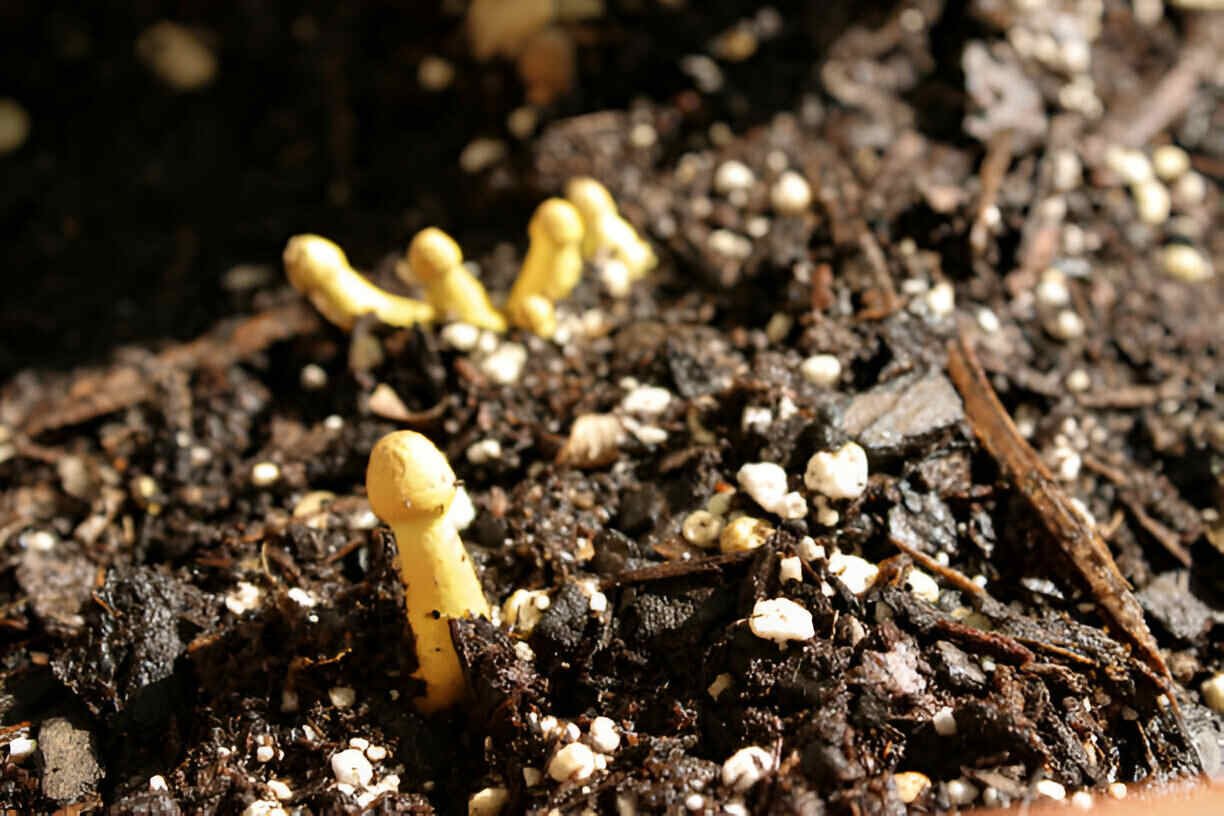
Mushrooms in Indoor Plant Pots
Yes, they can be found on all plants, both indoors and outdoors. If you see them on the tub floor, don’t be alarmed; they are a part of the material and safe system.
However, you must be careful while watering the plants. You must ensure that you are not overwatering and that your plant has a proper drainage system.
How to Get Rid of Them
When I see them in my tub plants, I don’t worry and pot them in the new potting soil I have at home.
When you are potting, clean the roots of the plant in your house and ensure there is no soil on the roots. They can be reintroduced into your soil through spores and also spread through travel (in the air). They are extraordinary!
You read the gloves, take the new soil and pot, and carefully pot the plant into the new soil.
Remember to use a fungicide with new potting soil. This fungus can germinate in the soil.
After potting the plant, you can throw the burnt soil in the dustbin; do not keep it at home; it can spread.
Tips
They can occur as a result of wet tub soil and excess fertilizer. Use the moisture meter before you water. Avoid over-fertilizing. Fertilize during the growing season and avoid fertilizing during the winter.
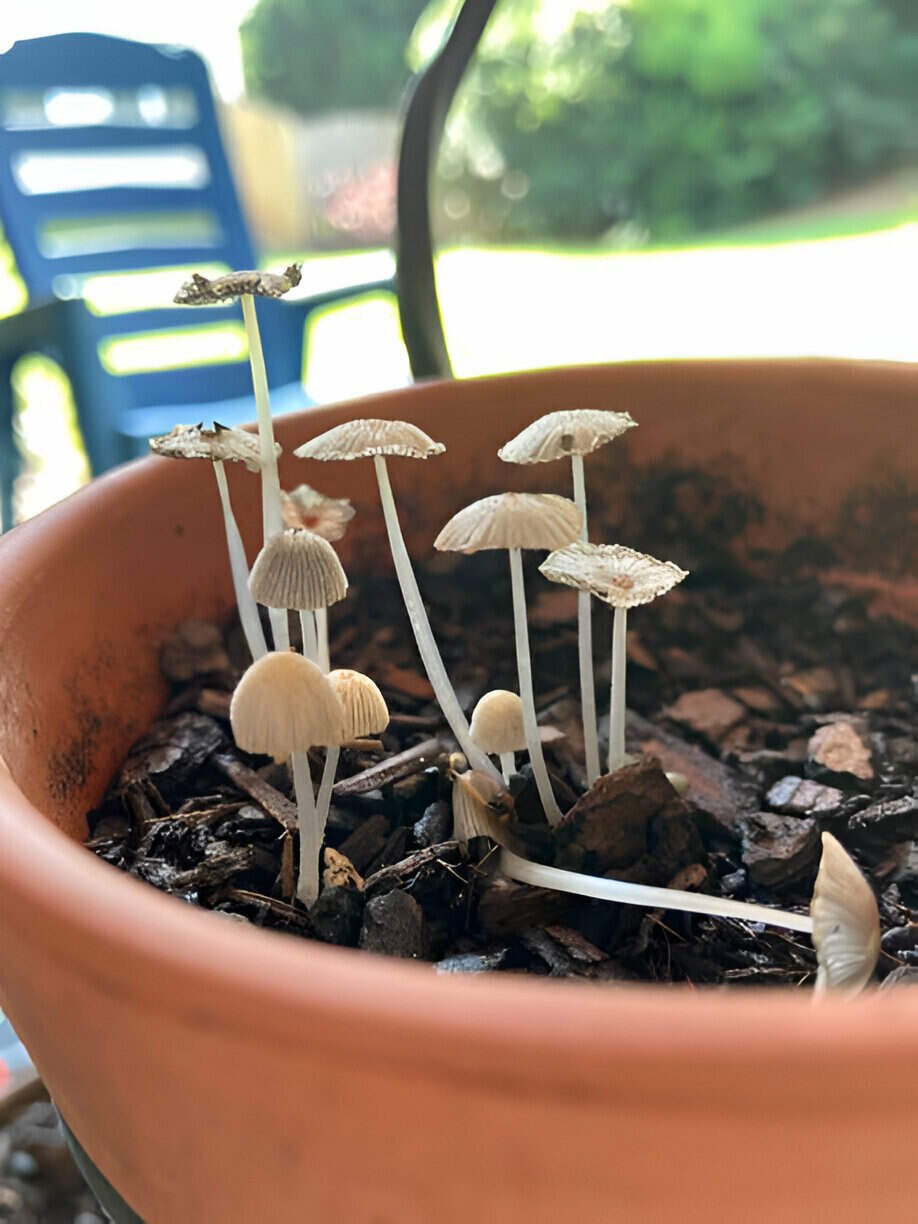
How to Chase Vegetables from The Garden
They are more common in vegetable gardens or backyards. You don’t pull them up by hand. Remove them with the topsoil (up to 4/5 inch) and keep the plastic bag with it. As soon as you pick the mushrooms with the soil, please place them in a plastic bag with the soil.
For many people, the risk of spraying pesticides can be complete, or many people do not want to spray pesticides because they have pets at home; they can use detergent soap.
Mix your household dish-detergent soap with water and spray the area where you removed the fungus. As a result, the mushroom spores lose their viability. You can also use homemade vinegar if you don’t have dish soap.
They can grow under large trees, in damp soil, or on decaying plant parts. Whenever you see them in your home, remove them quickly.
If you pull them up, their mycelium may remain in the soil, and they will come back later.
They can come in contact with your vegetables and cause black spots, so take precautions.
Mulching
You can encourage their spread by mulching kitchen beds or backyard gardens. You will use mulching with small pieces of wood or straw. Mulching leaves can increase their growth. Using plastic mulch is the finest option.
By mulching, your plant’s soil will dry out less, and you must apply less water. This way, you can prevent mushrooms from mulching.
Are Mushrooms Toxic?
Mushrooms can be poisonous if consumed by younger members of your family. Dogs and cats are poisonous. Suppose you have tiny kittens or puppies for them at home. They can become attracted and chew without realizing it. I’ve seen big dogs or cats sniff first and then move away, but small puppies mouth them. They can be toxic if they get in your mouth or eyes, so wear gloves when removing them from the tub or garden.
The fungus is killing the plants in my beds.
That is entirely false. You have indirectly killed your tree yourself. Listen, how did you do?
The mushroom does not kill the plant but instead provides benefits. However, the appearance of mushrooms in the soil means that the soil is too wet or too rich in nutrients. Too damp soil rots plant roots, and too much fertilizer burns plant roots without knowing you’re damaging them. That is why you may think that mushrooms in the soil of your plants are killing your plants, not that you killed them indirectly.
Mushrooms in Terrarium Soil
A terrarium is an example of an ecosystem. Mushrooms can grow in terrarium soil, which is normal. The whole ecosystem of the terrarium, where the mushrooms grow, is part of an ecosystem we’ve been going over.
Mushrooms grow and decompose and add organic nutrients to the soil.
They can grow anywhere in the house or around plants. They are not harmful to your plants. Their dead remains add organic nutrients to the soil, forming a mushroom ecosystem. But it can be toxic to you and your pets. You can combat them with home remedies. However, an ideal gardener should know they can reproduce if their mycelium is in the soil.
FAQ
Why are mushrooms growing in my indoor plants’ soil?
= Mushrooms are like the fruit of fungal organisms naturally and healthily present in your soil. They decompose decaying matter and convert it to nutrients for your plant. You may be seeing “fruit” because your soil may be staying too wet for extended periods, or you may be watering too often. Fungi grow best in situations that are damp and humid.
Which mushrooms grown in the backyard are edible?
= As far as I know, Morrell mushrooms are non-toxic but if you’re not taking them I think you should avoid them, they won’t hurt anyone in your backyard. Morrell mushrooms are known to contain high amounts of vitamin D.
How may this mushroom be removed from my plant?
= They are not killing your tree, so why should you save it? Mushrooms benefit your plants.
Mushrooms in the kitchen bed. Can these veggies be eaten?
= Yes, of course. Mushrooms do not add any harmful substances to your vegetables or fruits. You can wash well at home and eat safely.
